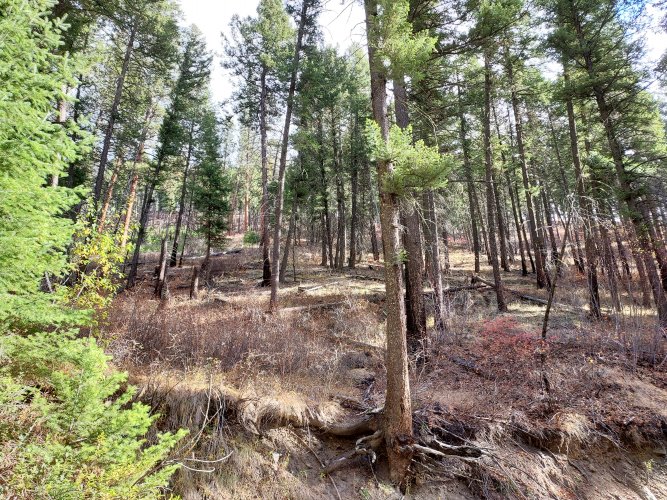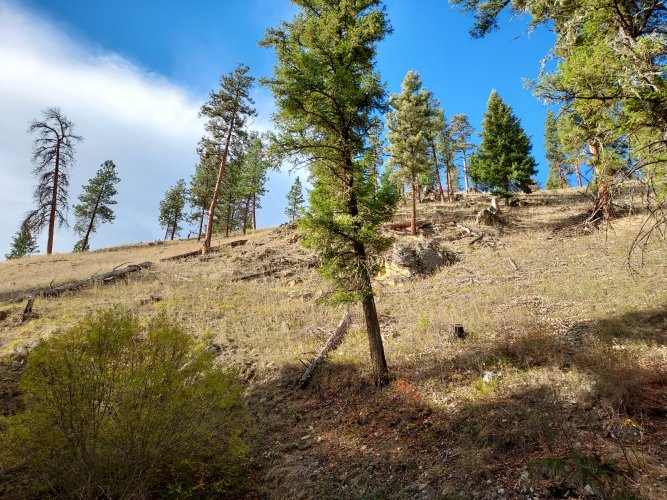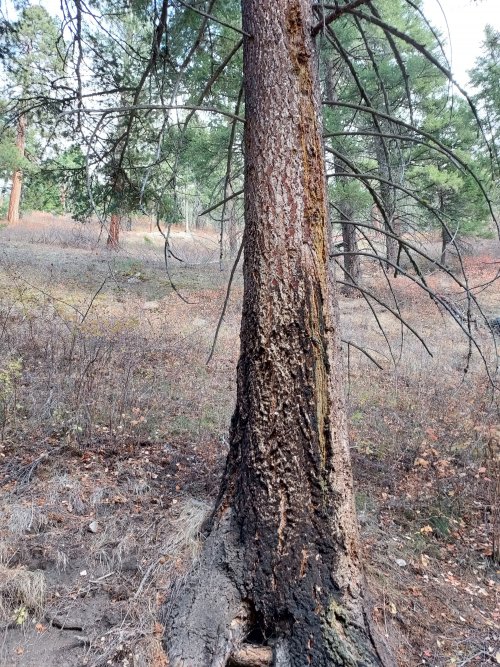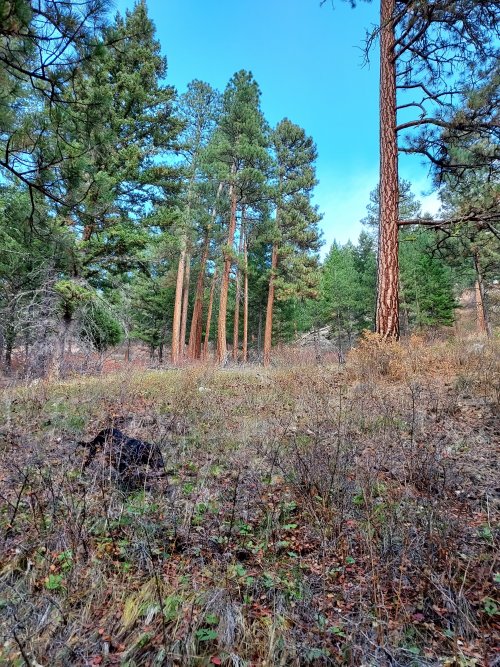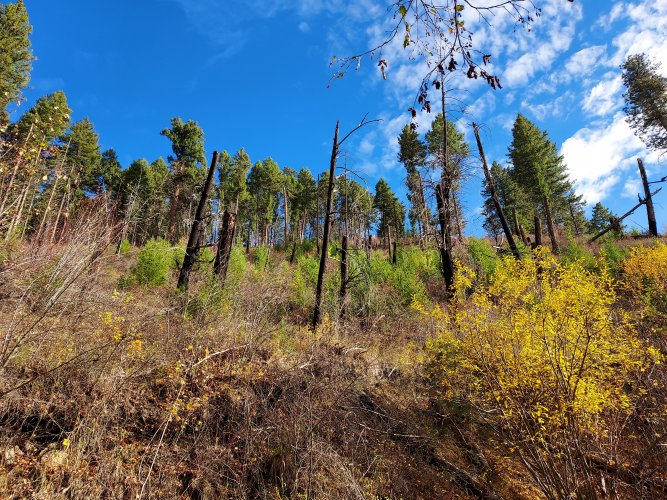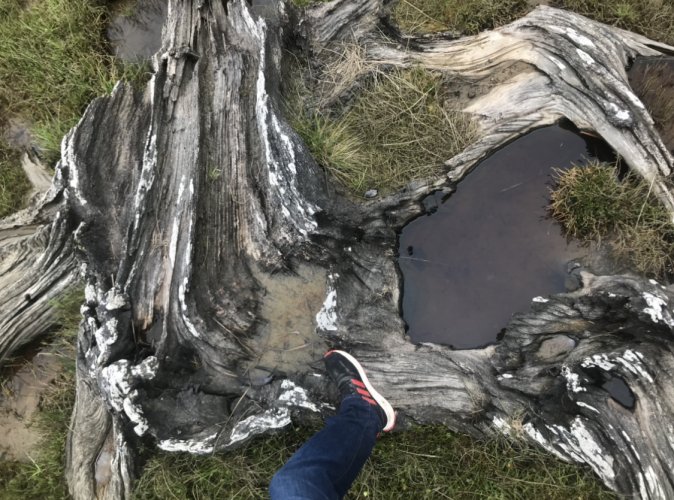BigHornRam
Well-known member
That's why you hire trained forest managers, that understand all the different forest habitats and their requirements to implement healthy forest management plans, and not a UC Davis PhD enviromentalist.Yes, but I think the point he may have been driving at was that monoculture prescriptions are not necessarily the best answer. Esp in terms of wildlife, diversity is important.
Here's a good book. Read it twice. They were talking about what California and the rest of the west needed to do with our federal forests over 20 years ago. Very little of what they recommended has been done unfortunately.
Mimicking Nature's Fire: Restoring Fire-Prone Forests In The West https://g.co/kgs/ScZ2HH
Last edited:




